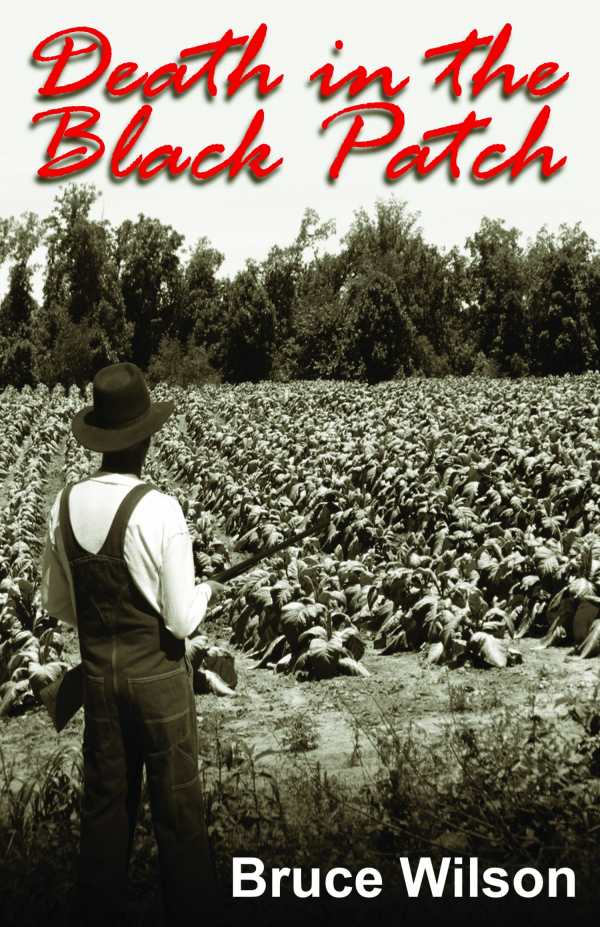Death in the Black Patch
Death in the Black Patch blends chronicle with creativity to present a piece of the past.
Bruce Wilson’s emotionally rich Death in the Black Patch paints a portrait of early twentieth-century life in the American South. Inspired by historical events, it explores the realities of farm life, as well as the complicated nature of family relationships and how they can be eroded by suspicion and doubt.
Wes and Art Wilson are tobacco farmers, while Mark owns a general store. They all yearn for simple lives where they can make a living and take care of their families, but trouble has come to their Kentucky county.
On one side, a tobacco company looking to monopolize profits has sent slick-talking businessmen to the fields to offer farmers a pretty penny for their harvested crops. On the other, a grower’s association is willing to go to violent lengths to enlist farmers to stand against the company, including dispatching Night Riders to destroy crops and even kill those who oppose them.
Wes and Art must decide what to do with their crops, and Mark worries for the safety and sanity of his brother and cousin. While Wes mulls things over with indecision and whiskey, his family can feel him cracking under the weight of his burdens. Resentment, bitterness, and distrust send the men into a downward spiral where secrets become more dangerous than men with contracts or guns.
Death in the Black Patch is abundant in emotional content. The descriptions of Wes and his family are both beautiful and brutal, portraying the complexity of love and farm life in the 1900s.
Wes’s farm, house, and family members are well conveyed in vivid paragraphs filled with imagery and emotive depth. You can feel the dirt on Wes’s hands, even taste the sour whiskey in his mouth as he laments the choices he must make.
Dialogue is natural and historically authentic, adding to the genuine traits of the characters. Their inner monologues are also believable. Wes’s teenage son, Anthie, flips between angst toward his father and daydreams of the girl he likes, while Wes’s wife struggles with her loyalties to her husband and her responsibilities to her family; they are relatable and emotionally compelling characters.
Sentimental passages are crucial in driving the novel forward, as the plot takes an excruciating amount of time to play out. The main conflict, a potentially deadly raid on the Wilson farm by the Night Riders, is explored from every angle, leading to repetitive conversations between characters and duplicated scenes.
The journey of two hired farm hands turned Night Riders is also examined, elevating the novel with humor and themes of survival that consistently straddle moral lines. These glimpses into the characters’ passions and processes retain interest when the plot becomes stagnant. Everything leads up to a surprise conclusion that seems abrupt in the face of an otherwise lengthy narrative.
The novel was inspired by Wilson family stories, and the author succeeds in bringing life to his ancestors. The harsh realities of farm life and the intricacy of communication, devotion, and emotional labor are well developed. Death in the Black Patch blends chronicle with creativity to present a piece of the past.
Reviewed by
Delia Stanley
Disclosure: This article is not an endorsement, but a review. The publisher of this book provided free copies of the book and paid a small fee to have their book reviewed by a professional reviewer. Foreword Reviews and Clarion Reviews make no guarantee that the publisher will receive a positive review. Foreword Magazine, Inc. is disclosing this in accordance with the Federal Trade Commission’s 16 CFR, Part 255.

